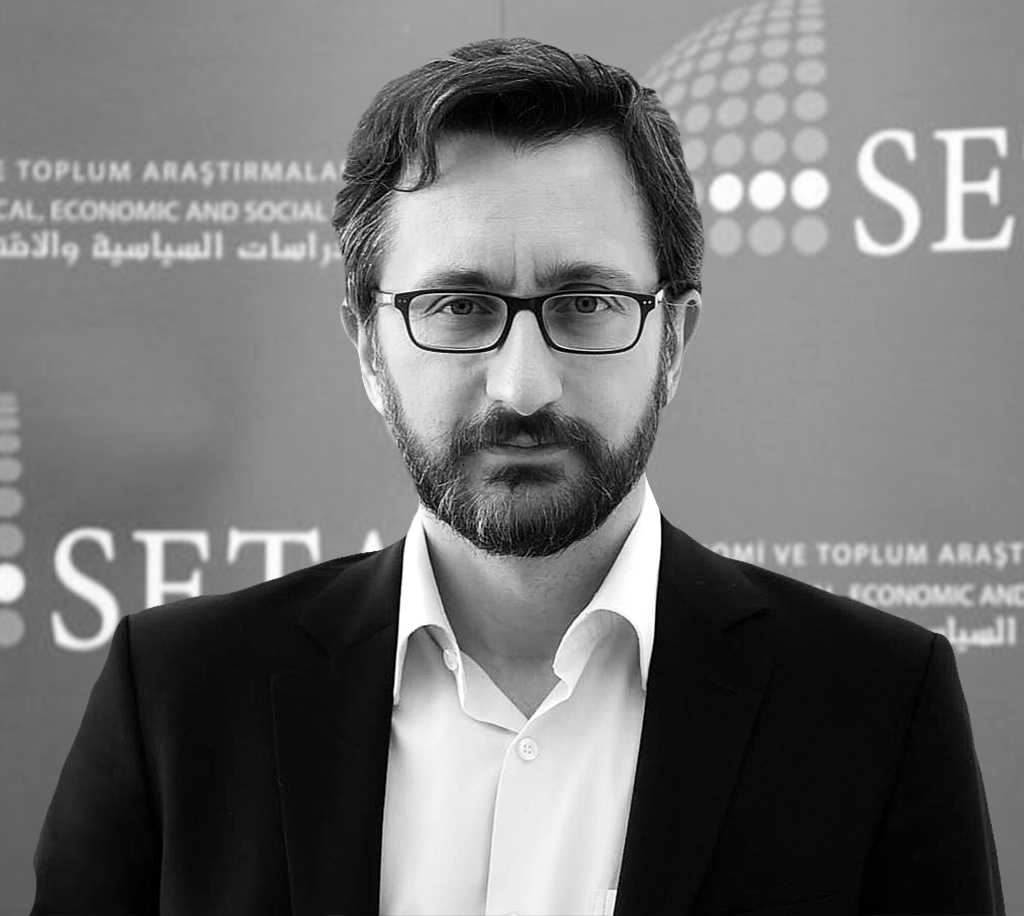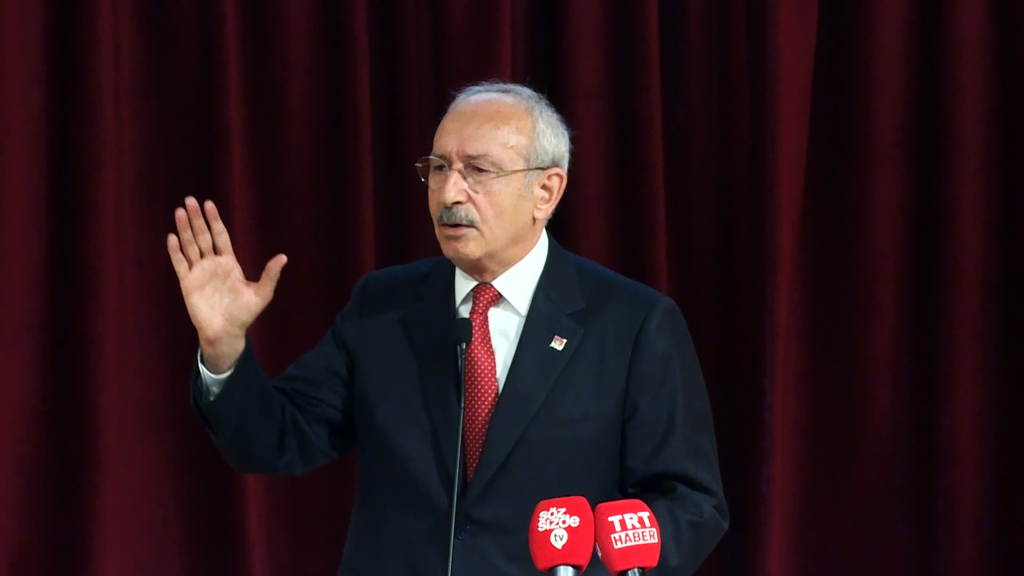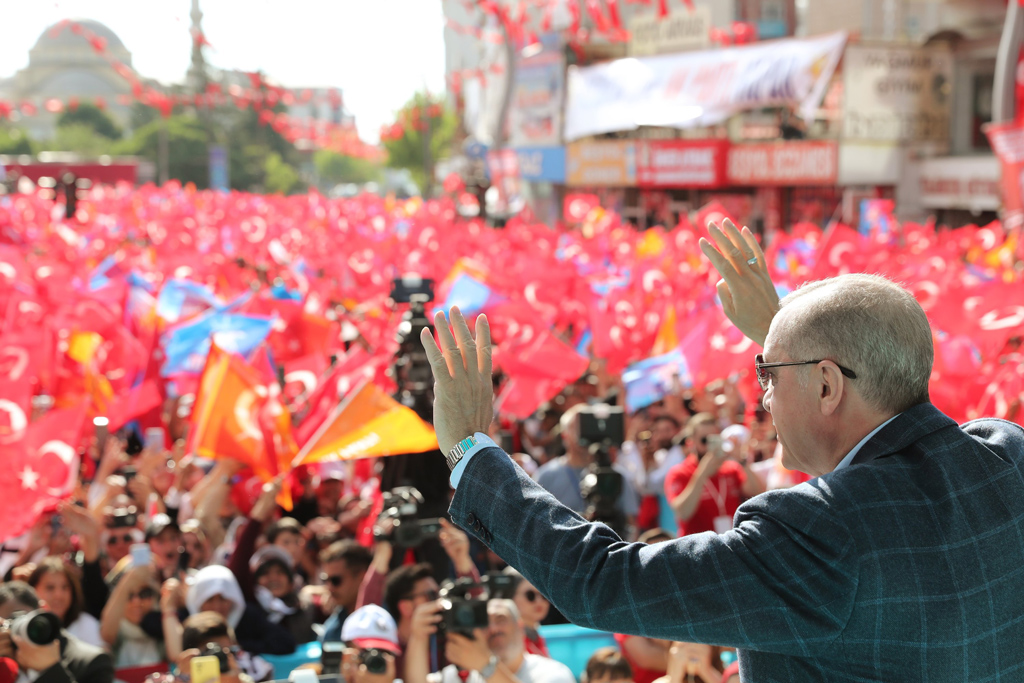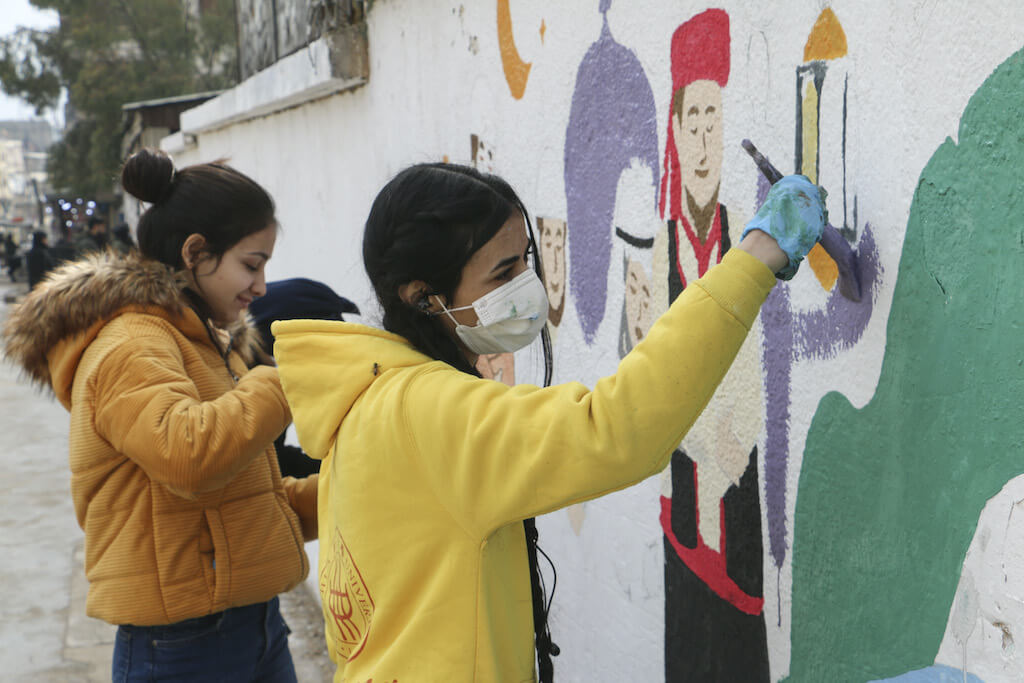Media has been the most controversial area of sociopolitical reality in Turkey since the 19th century. Turkish media has interacted dynamically with Turkish modernization's patterns and content. Except for the self-appointed press based in Paris, London and Geneva during Abdülhamid II's reign, the press operated as a spokesperson for the state until the Second Constitutional Era in 1908. After the start of the Constitutional Era, the number of newspapers increased from around 20 to 200. Pluralism and variety had made it possible for different ideologies already existent in Ottoman society to express themselves.
After the establishment of the Turkish Republic, Kemalist ideology with its radical laicism, conservative nationalism and Jacobin political attitude ended the press pluralism that sparked after 1908. Press activities were directly planned by the state to support the regime during the Republican period. Critical voices were silenced, and the press was used to create a monolithic society. Even the Cumhuriyet daily, which gave full support to the regime, was shut down for five months intermittently from 1923 to 1946. Law enforcement during the single-party period ensured the convictions of the Turkish press.
Turkish media, which suffered under the policies of the regime, diversified a little bit post 1950, only to fall under complete state monopoly right after the 1960 coup d'état. All national newspapers - rightist or leftist - supported the military takeover unconditionally and serviced the propagandist news ordered by the army after this period.
Newspapers such as Hürriyet, Milliyet, Cumhuriyet and Tercüman embraced an anti-democratic attitude, voiced demands to spread a militarist culture and promoted military and bureaucratic control over civil politics. These newspapers took it as a duty to spread propaganda and acted as a public communications office of the army during the period that led three-time democratically elected Prime Minister Adnan Menderes to prosecution.
Turkish media supported the army in civil-army relations starting from the 1960 coup and protected this stance throughout the 1971, 1980 and 1997 coups. The Feb. 28 postmodern coup d'état was carefully executed by the junta in the Turkish Armed Forces and by Turkish mainstream media administration. Media's censorship and single-minded attitude continued until the 2000s.
Since the Justice and Development Party's (AK Party) rule, the field diversified as mainstream and marginal media became more pluralized. Mainstream media has diversified and reflected societal demands, political positions and differences. Media pluralization developed in parallel to Turkey's democratization process post millennium. Surely this process was enabled by pro AK Party businessmen investing in the media sector. These businessmen think that the AK Party plays an important role in Turkey's modernization process.
The mainstream media started representing the new modernization wave in line with the AK Party, supporting a civil political arena in Turkey free of intervention in line with European Union policies. It provides an alternative to the Kemalist media that promotes radical laicism, the military over civilians and an opportunist alliance with the West. That mindset sees the Kurdish issue as just a security problem, lacking the courage to face and discuss recent Turkish history.
In this respect, a 1908-like pluralization has been experienced in Turkish media for the first time since 2002. Most of those who argue about press freedom in Turkey today are unfortunately only choosing to listen to the whimpers of the weakened Kemalist mainstream media. That is why they can't thoroughly analyze Turkish media, its transformations, diversification and the pluralization it has experienced.
Those media bosses who had no competition before cannot now tolerate the fact that they have alternatives with great influence. What they actually complain about is the normalization process th









